There are also many choices to make between organic and conventional and all the varying options around Fair Trade. Here is where you can be discerning if this is an area that matters to you. Always remember that this is a crop grown by farmers, and the beans you buy support how they were grown and who they were grown by. Something I learned along the way is that Fair Trade is not always better. There are many small family farms that cannot afford Fair Trade nor Organic Certification because of the size of their operation. In these situations, organic agriculture methods are often being used because of the high cost of chemical inputs, and they are still being paid at or above Fair Trade prices for their beans. Usually a green coffee bean seller will provide this information and list other certifications like Farm Gate that can be a better situation for small farmers.
Roast Your Own! A Do-it-yourself Coffee Tutorial.
For those of us who drink coffee and subscribe to a more self-sufficient philosophy on life, there can be a bit of a dilemma. Coffee grows only in very specific regions, and North America is not one of them. While we cannot grow our own, the good news is that we can still roast our own. Not only is this a rewarding and fun venture, but much like brewing our own beer, it allows full control over the process to create exactly what we like. Plus the rewards are invigorating.
It all starts with the beans. Green coffee beans are available from a variety of sources on the Internet, from a variety of origins producing uniquely flavored beans. You might decide you are a fan of a specific origin like Kenya, India, Brazil or Columbia and stick with what you love, or you might like variety and order an array of different origins each time. I have learned that I do not like Kenyan coffee. Ever. I also know that I love Indian Monsooned Malabar because it is so bold and intense. I can usually count on liking coffees from Brazil. It’s all a matter of learning your own tastes. Green coffee sellers are really good at providing cupping notes, much like the tasting info you will find on wines. To be honest, sometimes when they say there are cigar and leather flavors, I really don’t know what they are talking about, but it gives you something to go off of when selecting beans.
I personally recommend Sweet Maria’s for green coffee beans and home coffee roasting supplies. Tom offers a great variety, good prices and excellent descriptions of the beans. He has a great page called How to Get Started Roasting Coffee that has a lot of helpful information. There are also other sources for coffee beans that I have heard good things about including Mr. Green Beans, Roastmasters, and Coffeesnobs to name a few.
This brings us to the next step which is roasting. I started out using a modified popcorn popper borrowed from a friend. I wrote a post about it at one point called How to Make Yourself a Damn Fine Cup of Coffee, in which I describe this method. (Fellow Twin Peak fans, note the reference.) Now, I use the Behmor 1600 Roaster, and I could not recommend it highly enough. It does an excellent job roasting and offers many programs and profiles to suit any level of coffee geekery. I also happen to work for the company, and can vouch that if an issue should ever arise, our roaster tech will provide nothing short of excellent customer service.
The long and short of it are that you put a pound of green coffee in the roasting drum, pick your setting and get roasting. The very important thing to note here is that this is not a set and walk away device. Your eyes, ears and nose are still some of the most important controls for this roaster, so you need to give yourself the 18 minutes or so to oversee the process.
Towards the last few minutes you will see the beans darkening, smell delicious coffee roasting smells, and start to hear the pops that are called “first crack.” Once these stop and there is a little break, you can push the “cool” button to end the roast, or wait for the rice crispy sounding pops of “second crack.” For those of you who like a very dark roast, you can let “second crack” begin, but don’t let it go long, because you run the risk of over-roasting or a bean ignition, which is not what anyone wants. A coffee roaster is a lot like a freight train, in that once it gains momentum, it takes some time to slow things down. You have to think ahead and anticipate a bit. Sweet Maria’s offers a helpful page on How to Use the Behmor 1600 Roaster, as well as a YouTube video: Roasting With the Behmor 1600.
And then, my friends, you grind up your beans in the morning (I am a fan of antique hand grinders, but there are also newer hand grinders and electric grinders out there to suit every type of coffee lover), brew it up in a brewer, French press, drip cone or whatever you like, and enjoy the results of your efforts exactly the way you like it. There’s nothing quite like starting out your day on the homestead with do-it-yourself coffee.
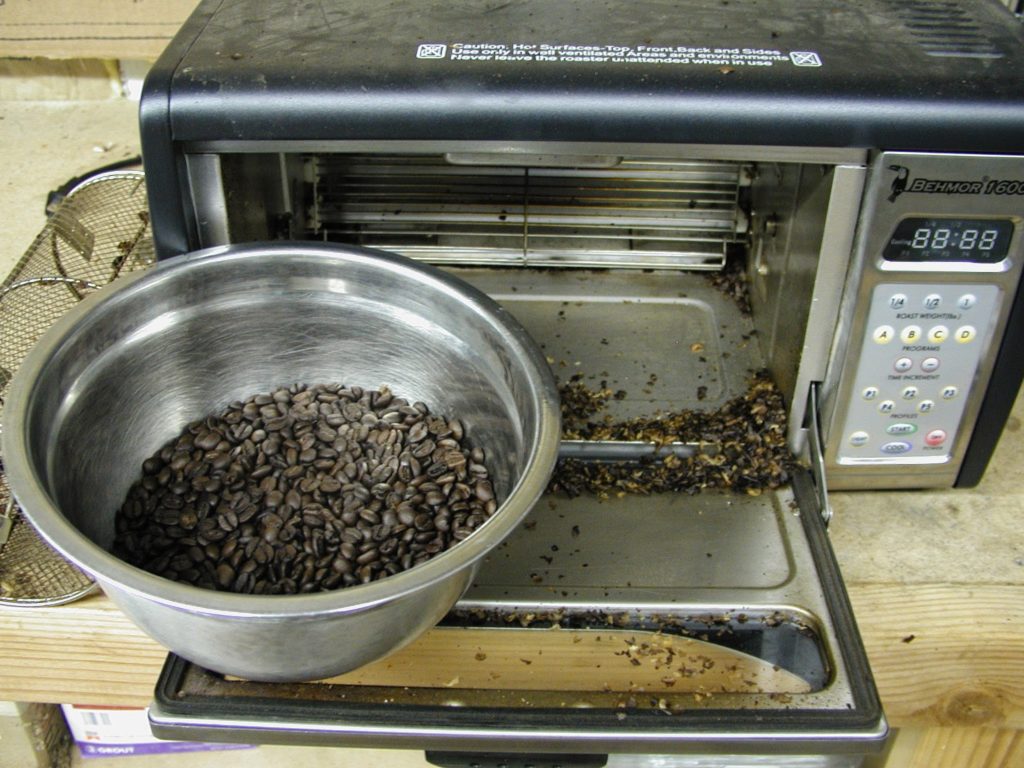
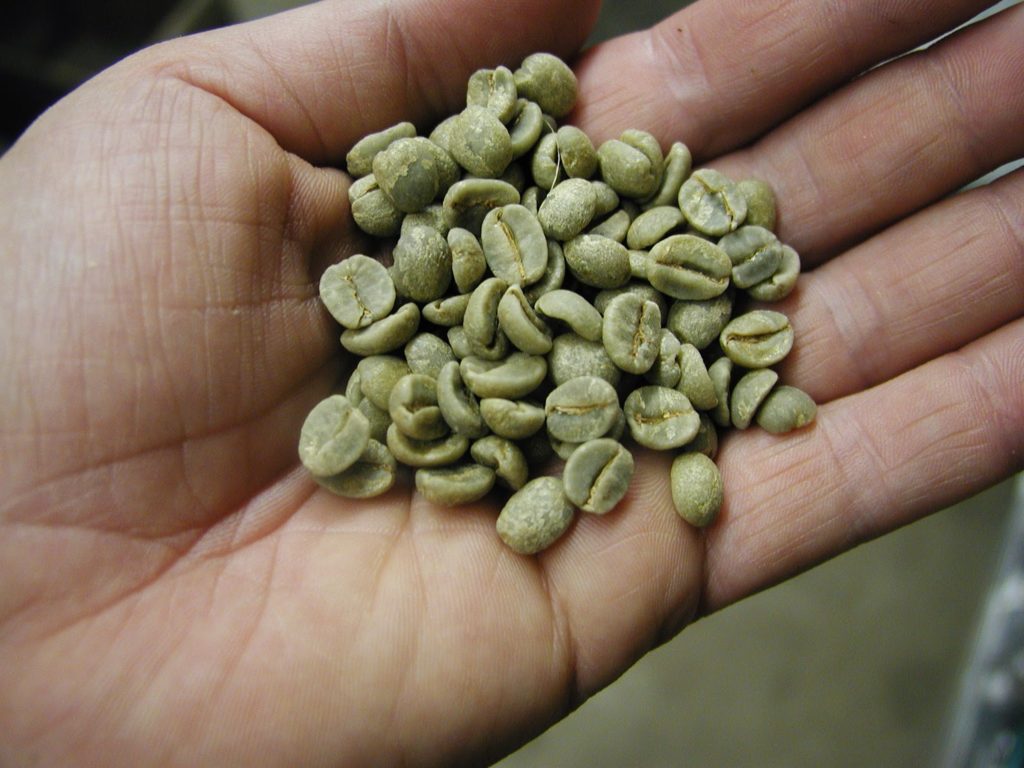
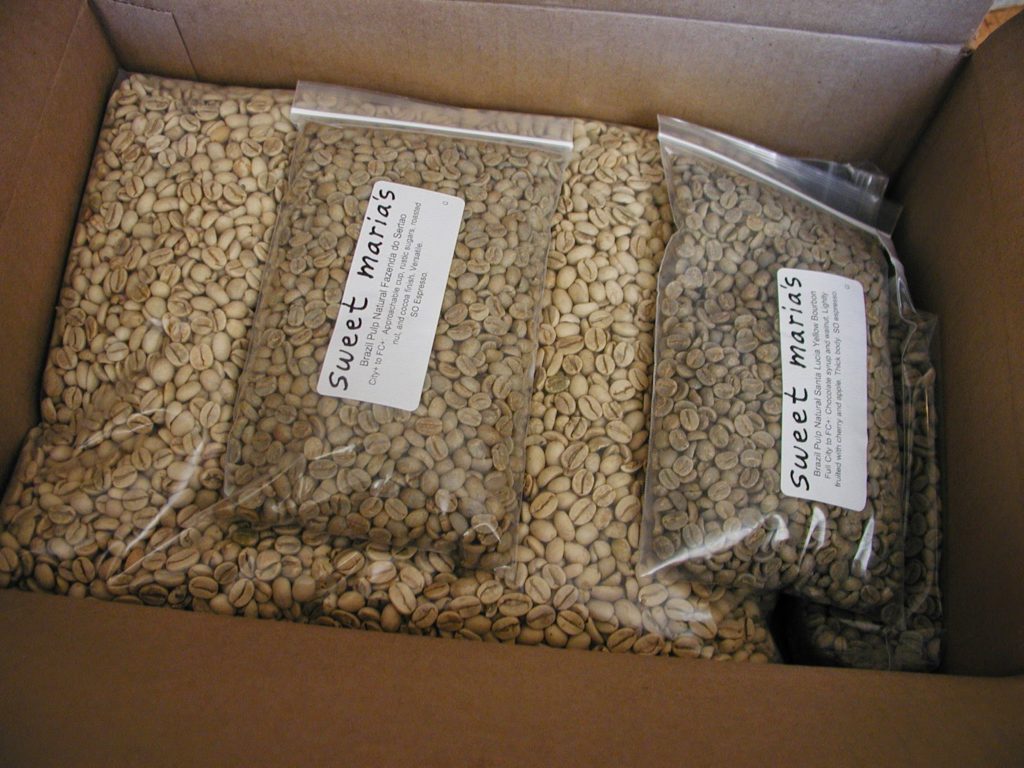
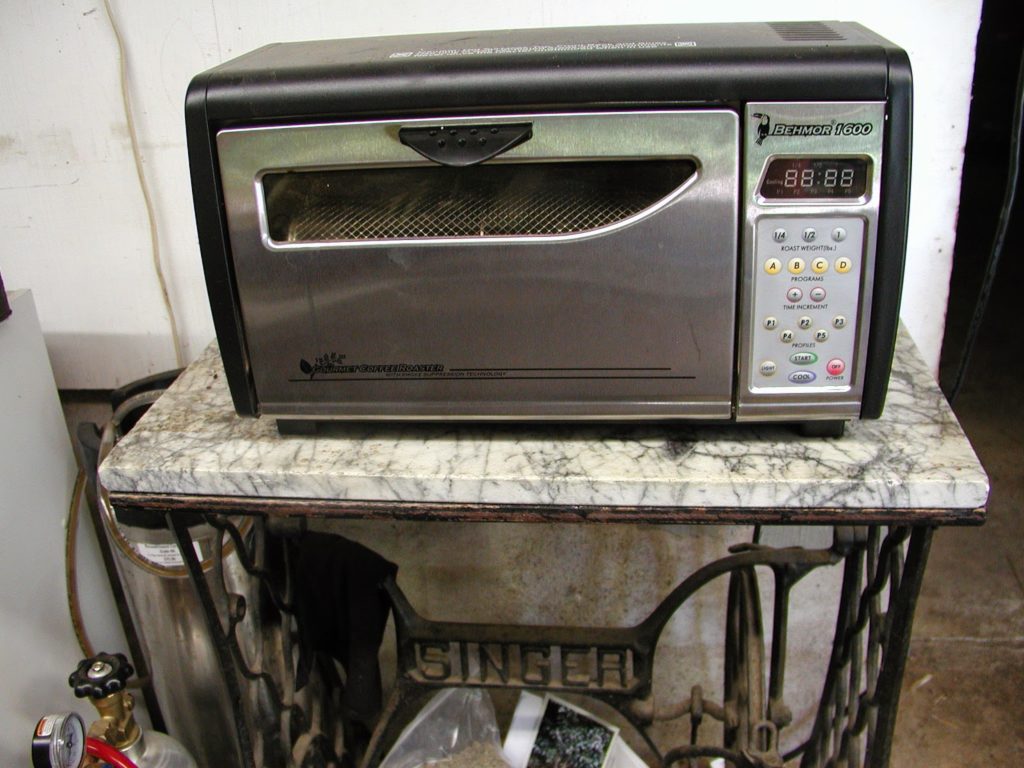
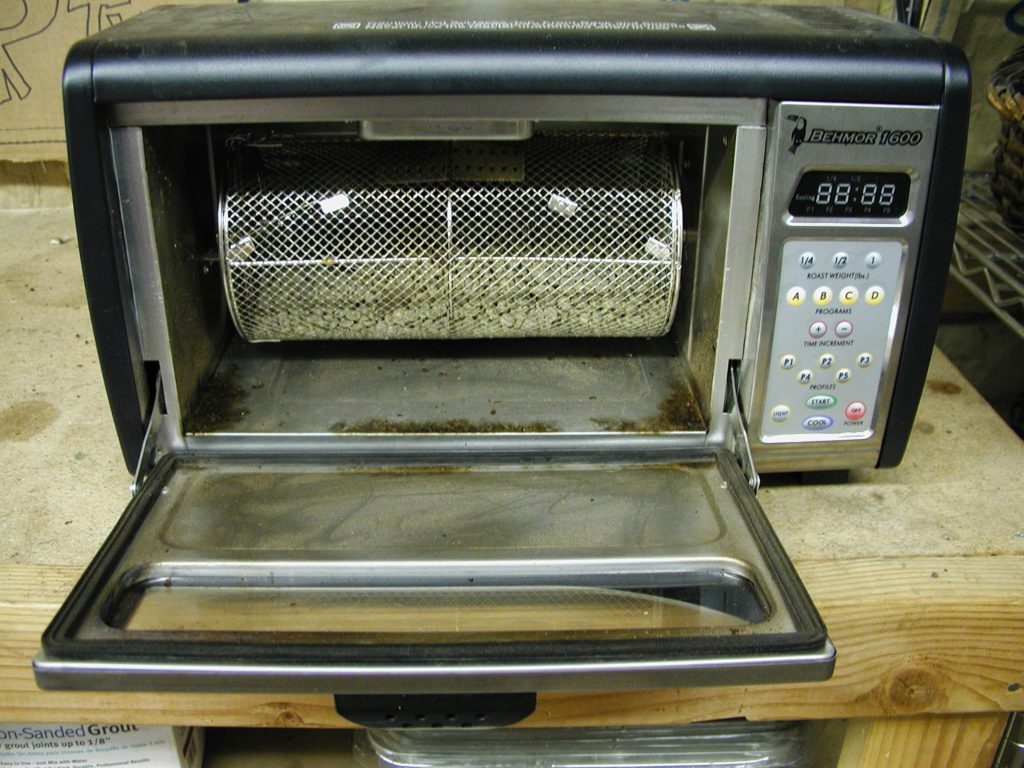
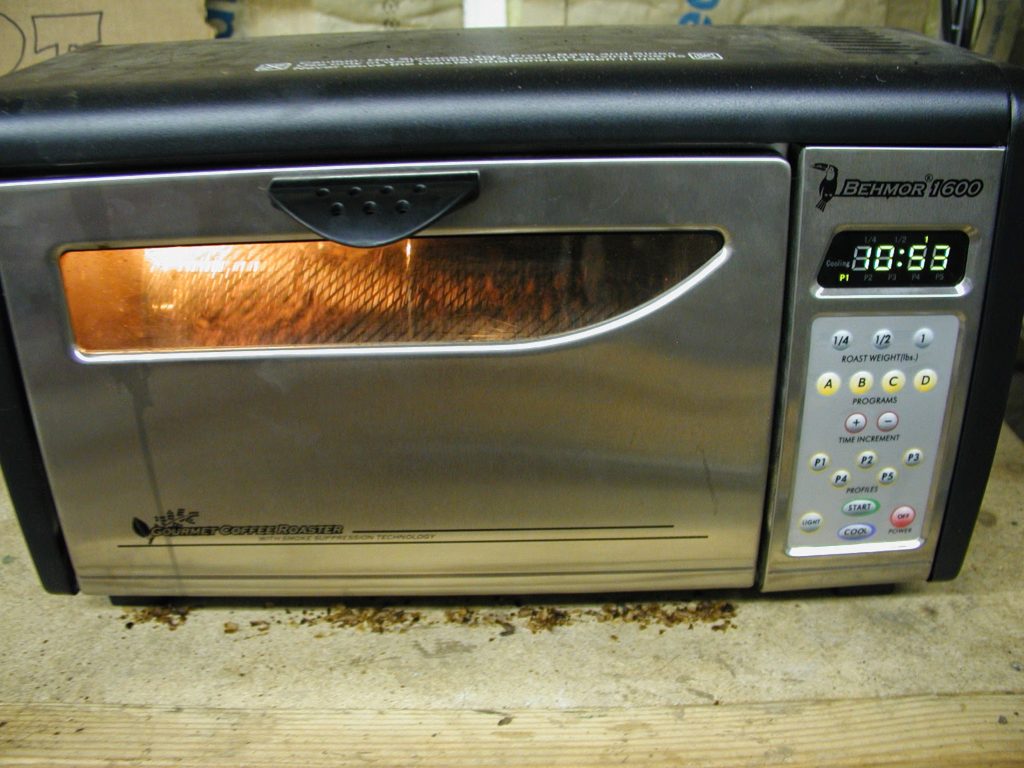
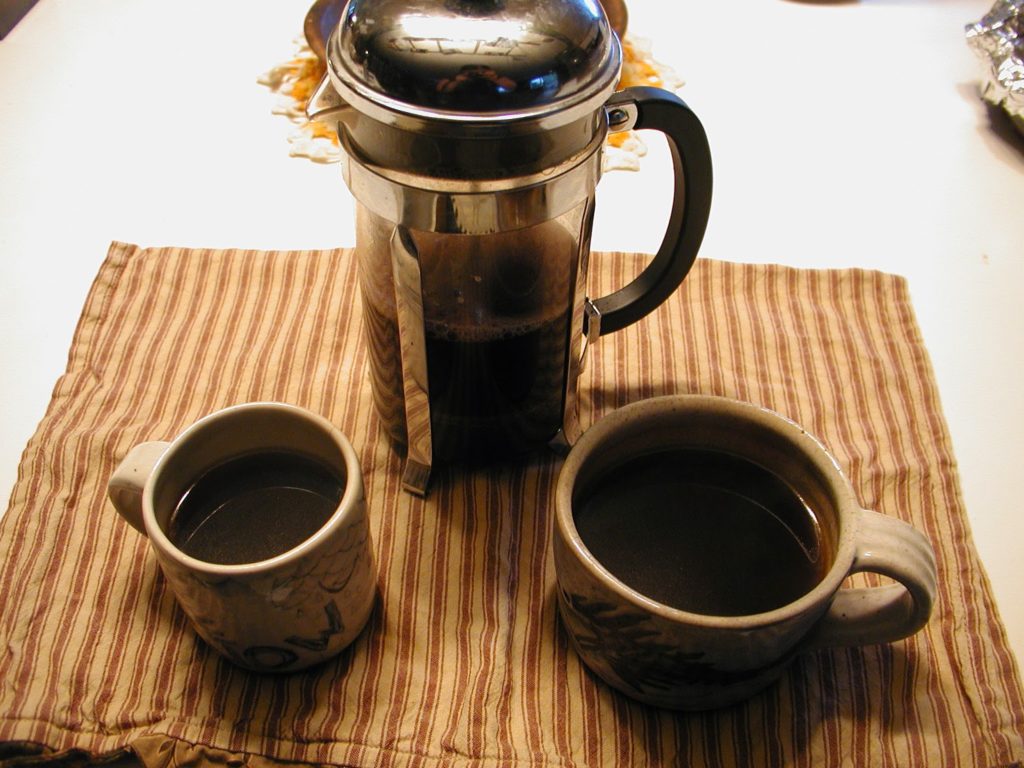
Leave a Reply